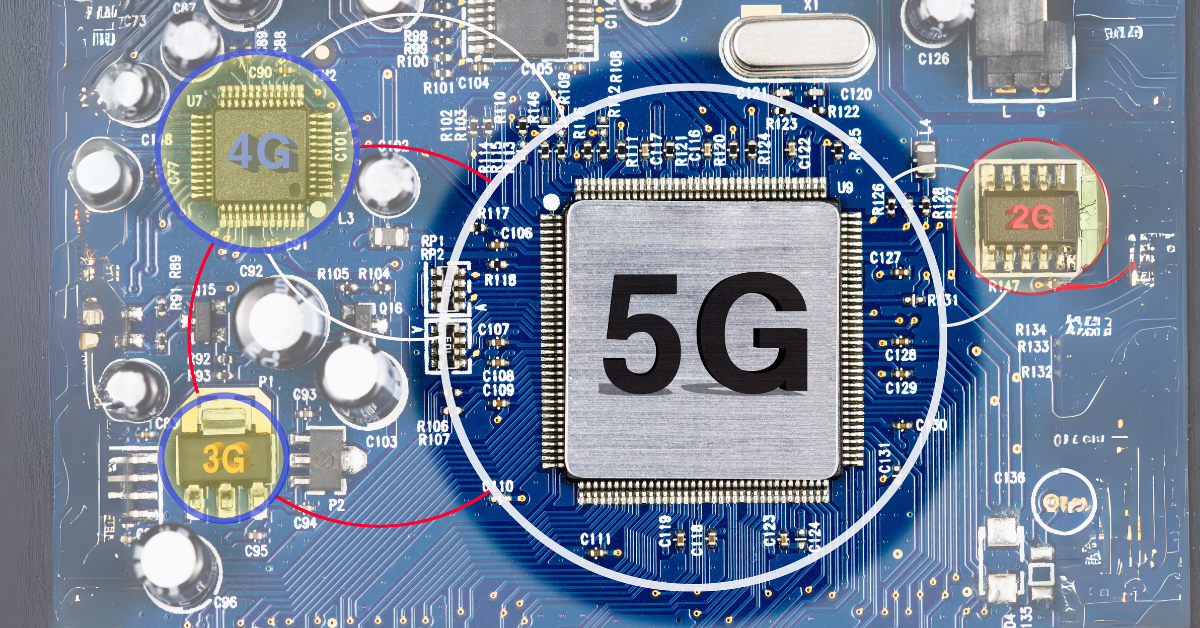
Level 3 Certificate in Next-Generation Mobile Communications
Study Units
Introduction to Next-Generation Mobile Technologies
Overview of the evolution from legacy systems to advanced networks.
Key features of 5G and its comparison to earlier generations.
Architecture of Advanced Mobile Networks
Components of next-generation mobile systems: RAN, core networks, and virtualization.
Role of network slicing and edge computing.
Applications of Next-Generation Communications
Use cases in IoT, autonomous systems, AR/VR, and smart cities.
Integration of mobile communications with AI and machine learning.
Future Trends and Challenges
Emerging technologies such as 6G and beyond.
Addressing challenges in scalability, security, and sustainability.
By the end of this course, learners will:
Grasp the evolution of mobile communication technologies from 2G to 5G and beyond.
Understand the architecture and components of next-generation networks.
Learn about the applications and benefits of advanced mobile technologies.
Gain insights into future trends and challenges in mobile communications.
This course is ideal for:
Telecommunication Technicians and Engineers
Professionals who want to upgrade their skills to align with next-generation mobile technologies like 5G, edge computing, and network slicing.
Graduates of Level 2 Telecom or IT Programs
Learners with foundational knowledge in mobile networks or IT infrastructure who wish to take the next step in mastering emerging technologies.
Engineering and ICT Students
Final-year students or recent graduates in electronics, computer science, or telecommunications who aim to specialize in mobile communications.
IT and Network Professionals
Individuals working in network operations or infrastructure support roles seeking to expand their expertise to mobile network environments.
Tech Entrepreneurs and Innovators
Those interested in launching tech solutions that integrate IoT, smart city applications, or mobile-based innovations.
Government and Smart City Project Staff
Personnel involved in the planning or execution of smart city infrastructure, where next-gen mobile networks are key components.
Our assessment process is designed to ensure every learner achieves the required level of knowledge, skills, and understanding outlined in each course unit.
Purpose of Assessment
Assessment helps measure how well a learner has met the learning outcomes. It ensures consistency, quality, and fairness across all learners.
What Learners Need to Do
Learners must provide clear evidence that shows they have met all the learning outcomes and assessment criteria for each unit. This evidence can take different forms depending on the course and type of learning.
Types of Acceptable Evidence
Assignments, reports, or projects
Worksheets or written tasks
Portfolios of practical work
Answers to oral or written questions
Test or exam papers
Understanding the Structure
Learning outcomes explain what learners should know, understand, or be able to do.
Assessment criteria set the standard learners must meet to achieve each learning outcome.
Assessment Guidelines
All assessment must be authentic, current, and relevant to the unit.
Evidence must match each assessment criterion clearly.
Plagiarism or copied work is not accepted.
All learners must complete assessments within the given timelines.
Where applicable, assessments may be reviewed or verified by internal or external quality assurers.
Full learning outcomes and assessment criteria for each qualification are available from page 8 of the course handbook.
Top Courses
No results found.
Related Courses
Let's Get in touch
Deleting Course Review
Course Access
This course is password protected. To access it please enter your password below:



